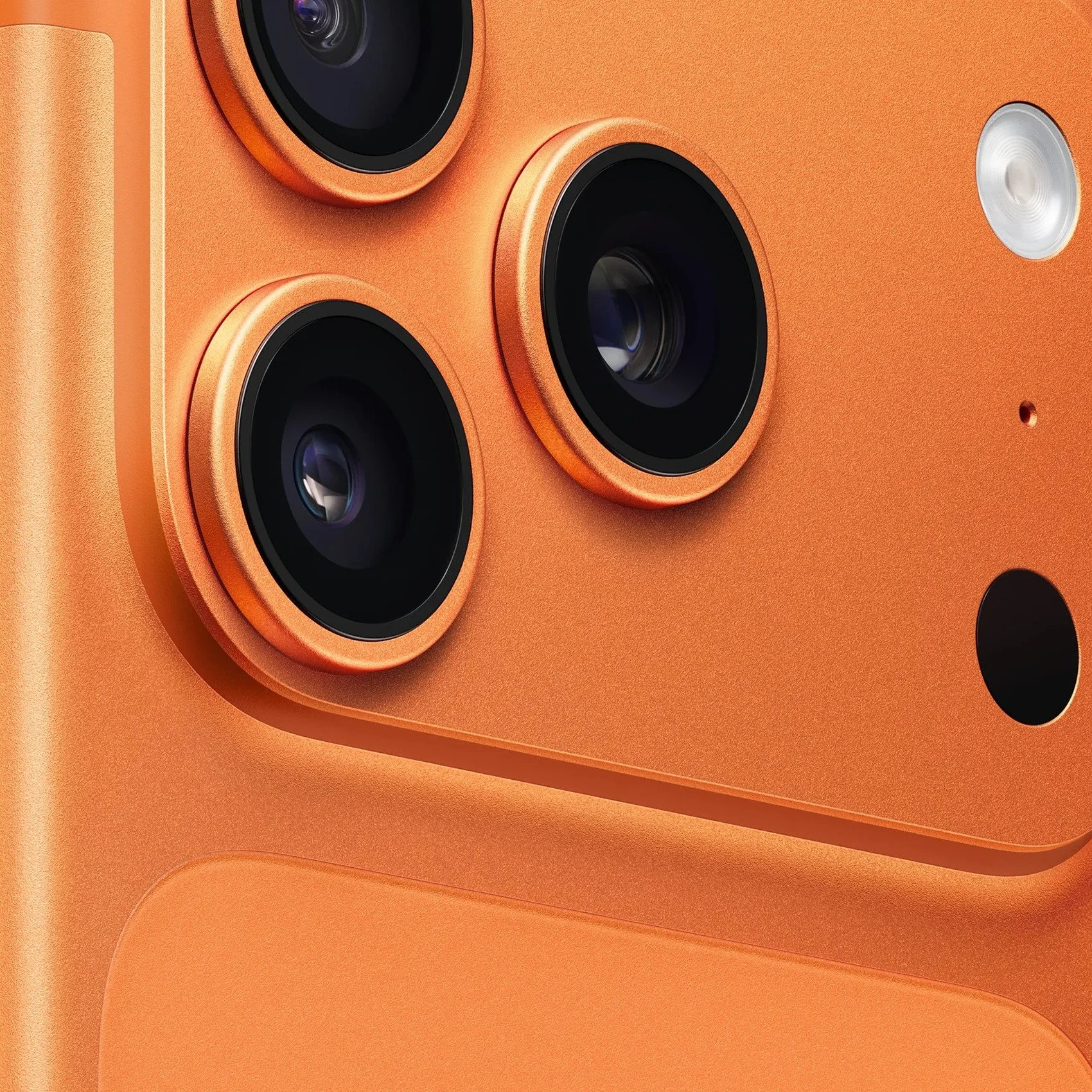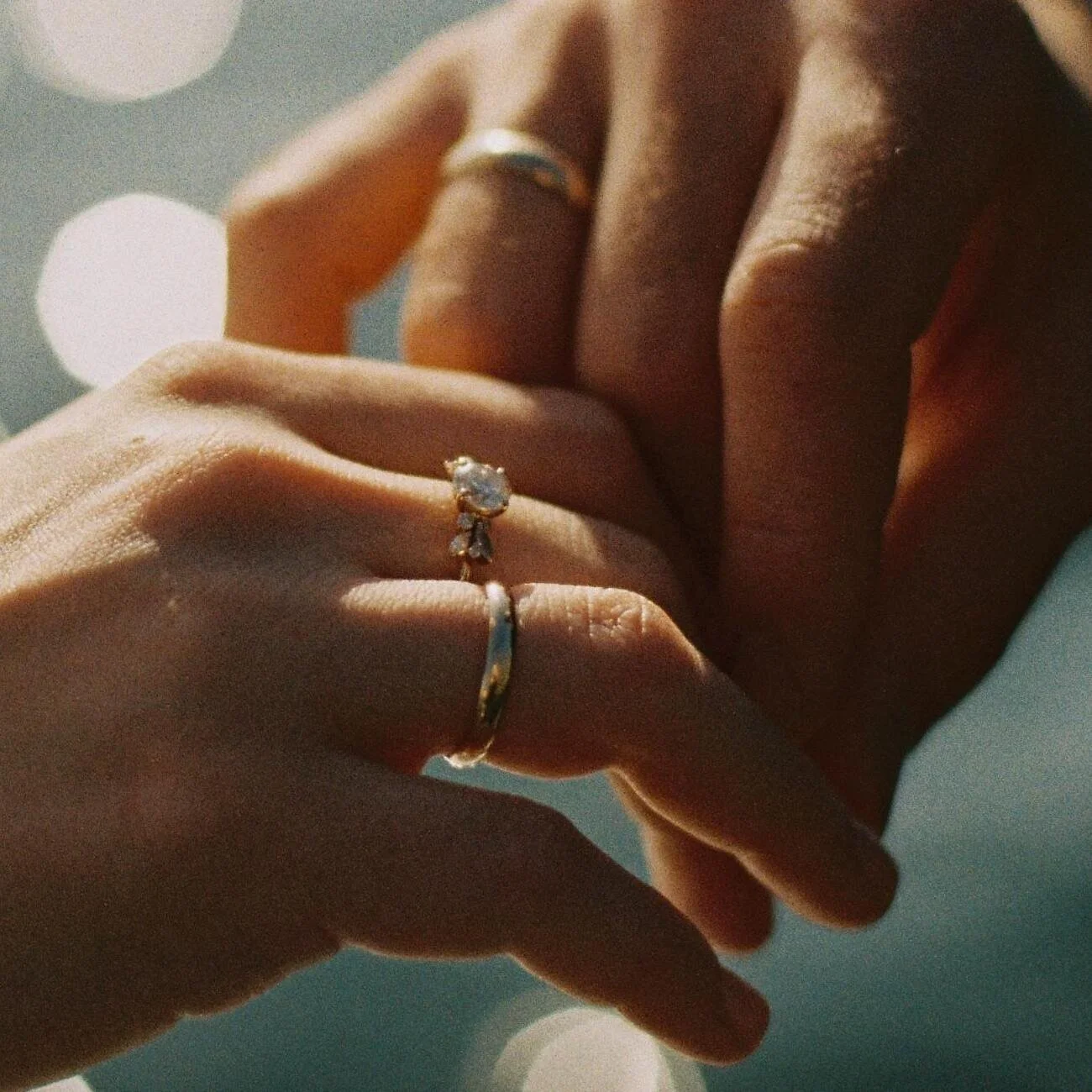Tips for Taking Great Interior Pictures
Some of the trickiest photos to shoot - primarily as an amateur - can be interior pictures. But, you don’t have to settle for poorly lit or composed images or feel intimidated by shooting indoors. Whether you’re shooting for fun or more serious purposes, there are a few simple tricks which can yield significant results. Here are a few tips to help you produce excellent interior photos:
1. Shoot in RAW and edit: The distinct advantage to RAW means capturing (and maintaining) all the data of an image. JPEGs, on the other hand, compress and edit your files while still in the camera and that can mean losing some quality. With your RAW data, you can use editing software during post-production to make the necessary enhancement giving you an advantage with each image.
2. Natural light on overcast days: We’ve said it before, but we will repeat it: whenever possible, use natural light and shoot on cloudy days - even if you're shooting indoors. In most cases, it’s better to shoot on an overcast day even when shooting indoors. It helps avoid bright glare from the sun coming in through windows which can cause problems with shadows. Natural light is Nature’s version of flash photography. If you’re shooting inside, try turning off all the lights first. Artificial light, particularly from incandescent bulbs, can distort color and cast dubious tones. If you’re in doubt, try shooting twice. Once with light bulbs on and the second with them off. If you’re shooting in a bright, well-lit room, you shouldn’t need to use any artificial lights for the best results.
3. Lines and heights: With interior shots, especially in smaller rooms, remember, to maintain straight, balanced lines whether they are vertical or horizontal. If you're shooting a series of pictures, you should shoot them all from the same height for better perspective and balance. Otherwise, you’re skewing the view and likely not giving an accurate perception or representation of space.
4. Use a tripod: The light in most interior rooms will turn out better if you use a tripod to stabilize the camera. It also helps to keep those lines straight and at the same height. Plan on having the tripod handy. Usually, lower F-stops (9 or 11) with a very low ISO gives you the sharpest images.
5. Details matter: Depending on your reasons for shooting indoors, you will more than likely need or want to consider the details of the room and its staging. Remove from the image or space any unnecessary clutter, cables, and anything which doesn’t add to the image. A good trick is first to shoot a sample picture. The camera "sees" what we don't sometimes see.
6. Different Angles: Try various angles (and lenses) when shooting interior photography. Don’t be intimidated to move around the space and try a wide-angle lens. The perspective you shoot from can completely change the image - sometimes for the better, but not always. Experiment a bit.
7. Evaluate your shots: Remember, that you can shoot a few images and evaluate them. Did you accomplish what you wanted? If the answer is no, assess and correct - whether that means changing the angle, the light, or purging something from the room.
Our tips are based on Nicolet Groen's (Interior Photographer & Designer) article.












